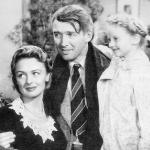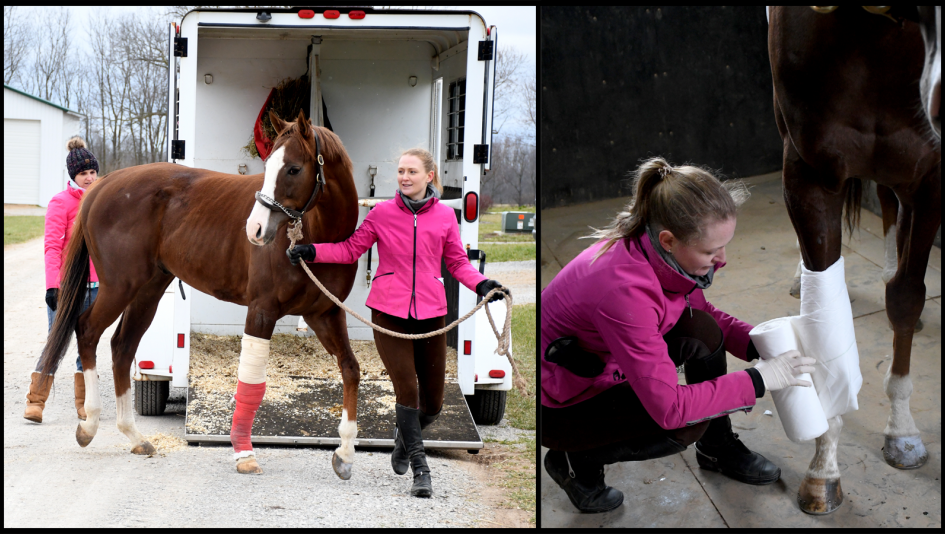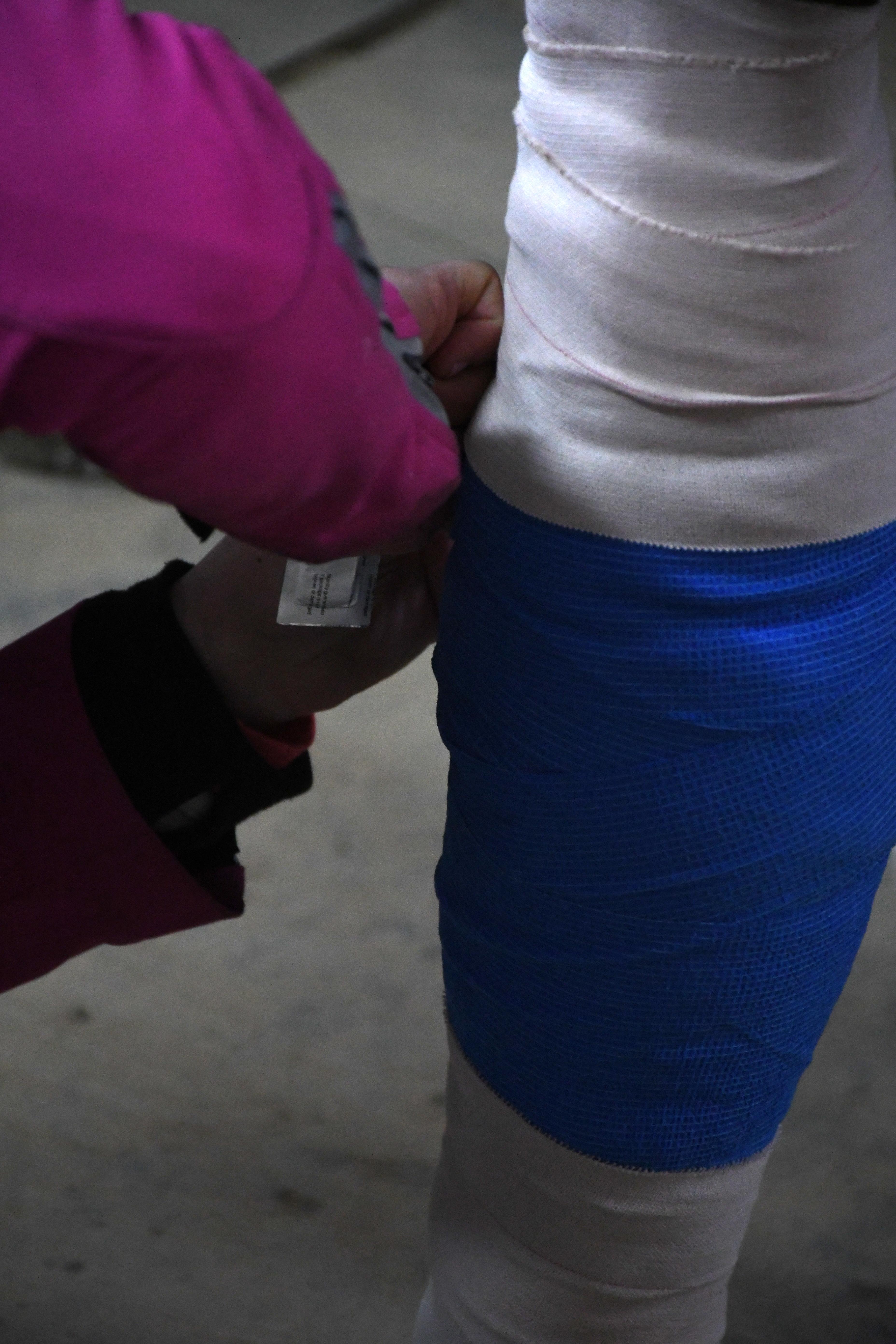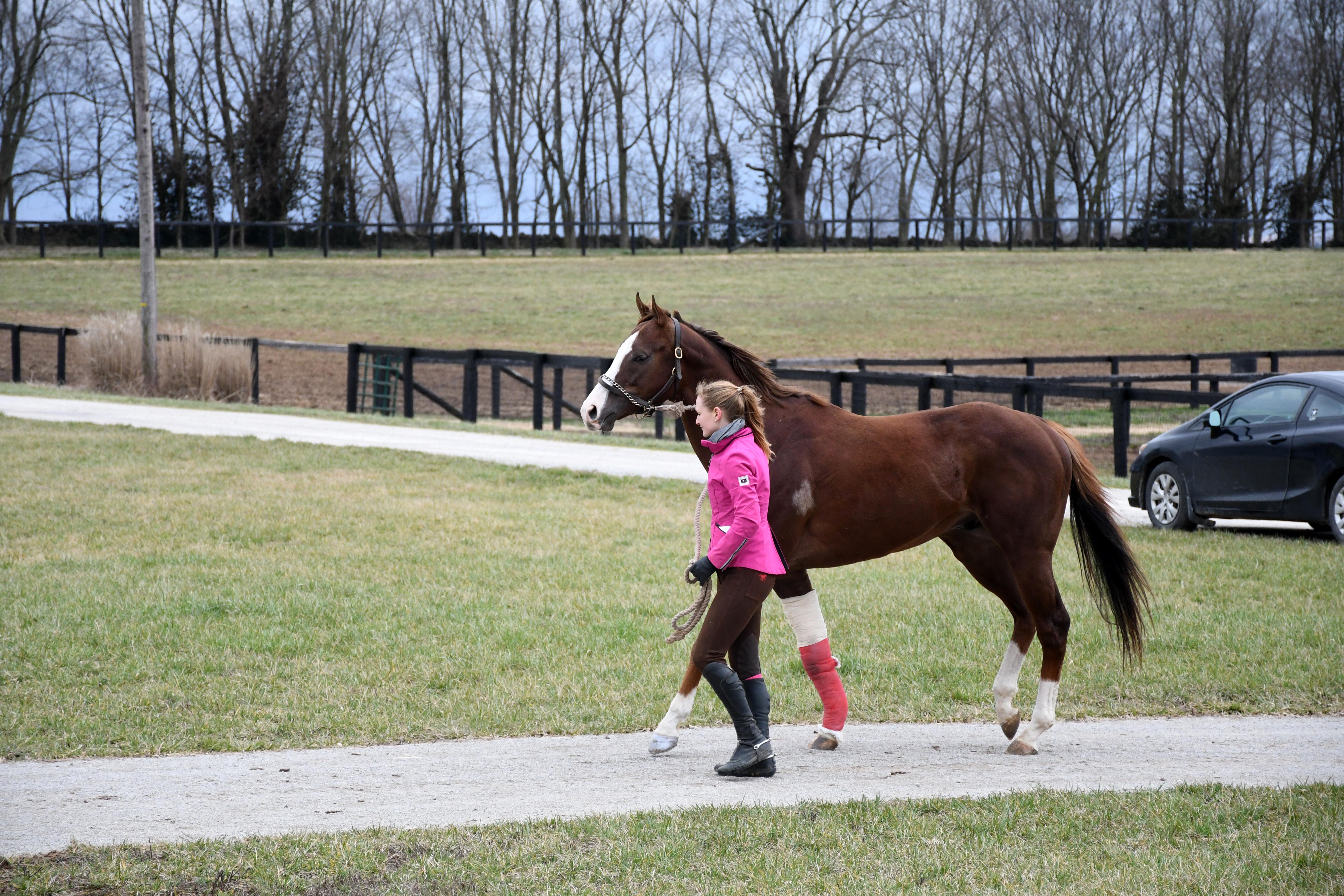
Kentucky Derby Winner Sovereignty to Stay in Training and Race in 2026

Are you thinking about buying an Off-track Thoroughbred (OTTB) but concerned after learning about various racetrack injuries? While hearing about many of the injuries can be scary, most won’t restrict your mount from helping you achieve your goals.

In order to shed some light on how even a severe injury can be rehabilitated to allow a former racehorse to succeed in a new career, we’ve teamed up with New Vocations to follow a horse from rehabilitation intake to adoption.
Over the coming months, we’ll see what a normal rehabilitation process looks like for a horse recovering from a surgery to remove a bone chip and screw.
But first … a little background on New Vocations.
New Vocations has rehomed more than 7,000 retired racehorses since its inception in 1992 with the program founded in Dayton, Ohio, and now having facilities in five states. In 2013, New Vocations teamed up with Mereworth Farm to use part of its land and pastures for their horses. A few years later, the Susan S. Donaldson Foundation that runs Mereworth approached New Vocations about building a 160-acre facility on the Mereworth property.
Fundraising happened quickly with the first horses moving into the Mereworth New Vocations facility in April 2016. Today, Mereworth provides all the feed for the horses at the Lexington location in addition to paying their water bill and providing the program with some of its hay every year.
Today, New Vocations’ Lexington operations are located at Mereworth Farm. However, it isn’t as easy as bringing a horse to the facility and then quickly adopting them out. More than 60% of the horses entering the New Vocations program from around the country need some sort of rehab — which can last from a month to over a year — before they are available for adoption.

The average cost from the rehabilitation process to adoption is $3,500 with most of the money coming from donations, grants, and fundraisers. However, there is a happy ending once the rehabilitation process is complete. In 2019 alone, more than 160 horses were rehomed just from New Vocation’s Lexington facility.
Last week, their latest rehabilitation case arrived at the farm. London House was retired from racing after running fifth in a claiming race in late January for owner-trainer Rudy Rodriguez. “London” came to New Vocations through the TAKE THE LEAD Thoroughbred Retirement Program sponsored by New York Thoroughbred Horsemen's Association (NYTHA) after having surgery at Patty Hogan’s Hogan Equine at Fairwinds Farm in New Jersey.
While London had raced successfully after having a previous right-front knee fracture repair earlier in his career that involved inserting a screw, the screw had recently caused a fragment of bone to break off. On Feb. 24, London had a surgery performed by Alex Curtiss, VMD, to remove the screw and the fragment before heading to New Vocations.
“It became clear to London House’s connections that his right-front knee, where he had previously had surgery and consequently, a screw, was a source of lameness in work,” said Leandra Cooper, New Vocations’ Kentucky facility director and trainer. “Rather than plan to try to bring him back to racing after the surgery that it was clear he would need, they decided to move forward with retiring him from racing so that he could prosper in a new vocation.”

A flashy Honorable Dillion gelding, London House arrived at New Vocations March 3 and immediately entered their rehabilitation program. We will be following him in the coming months.
Already a barn favorite with a playful and sweet temperament, London’s next few months will be “boring” for a horse just off the track. As his knee heals, he will be on strict stall rest before adding hand-walking into the program later this month. The hand-walking will be a gradual process with the ultimate goal to increase his walking to 40 minutes a day.
April will be a big month for the gelding as he’ll be able to be turned out into a small paddock if there are no complications. But the Monday after the Kentucky Derby will be his biggest milestone yet, with London going through an evaluation to see if he’s ready to start training for his next career.
We’ll be checking in with him at every major milestone in coming months, but for now we’ll leave you with photos from an average day in the life of London House – from his arrival to getting his bandage changed.